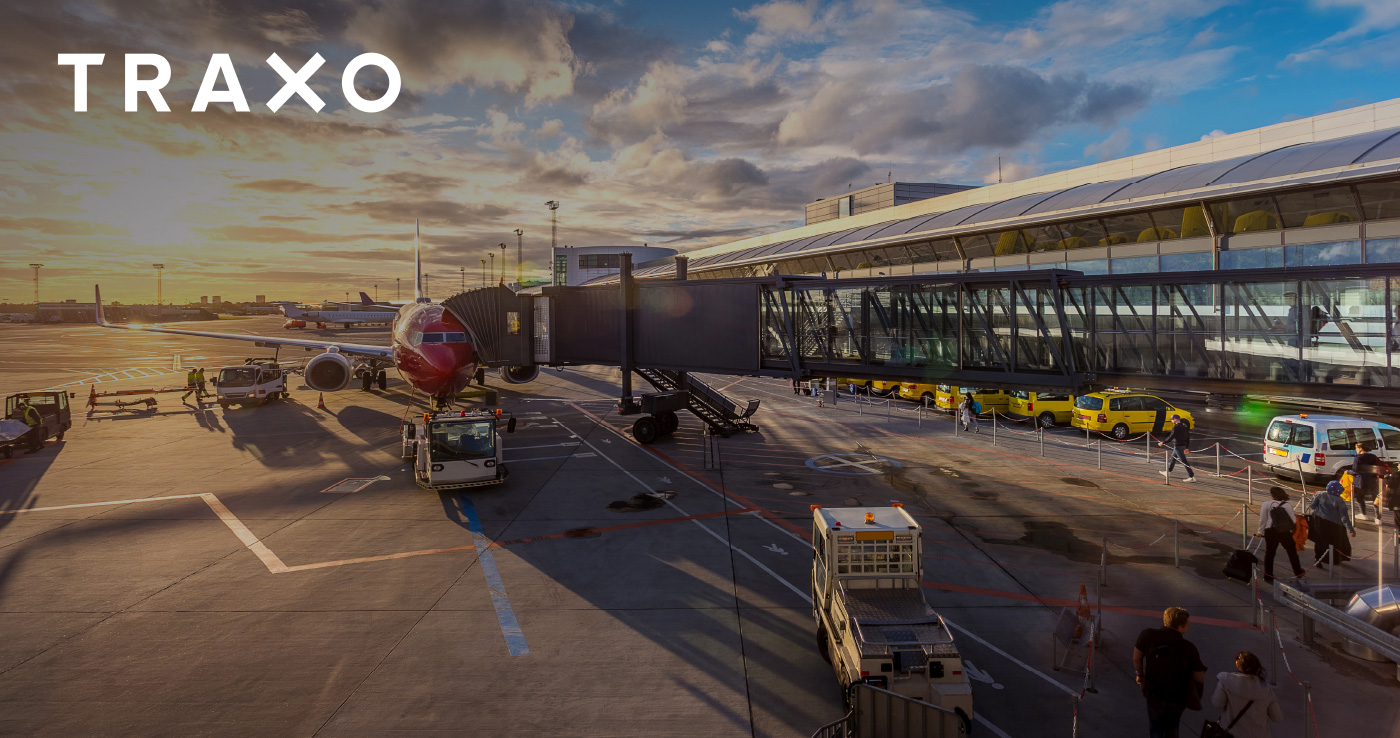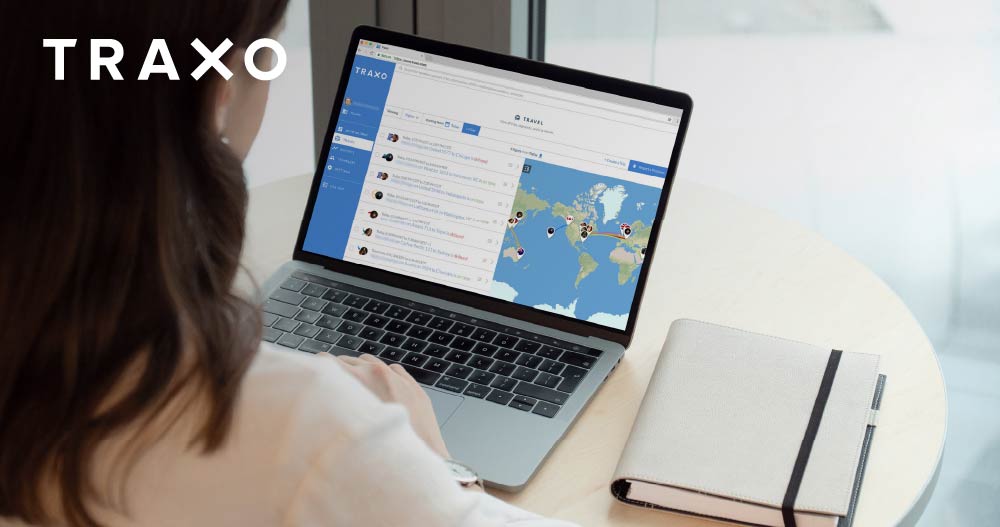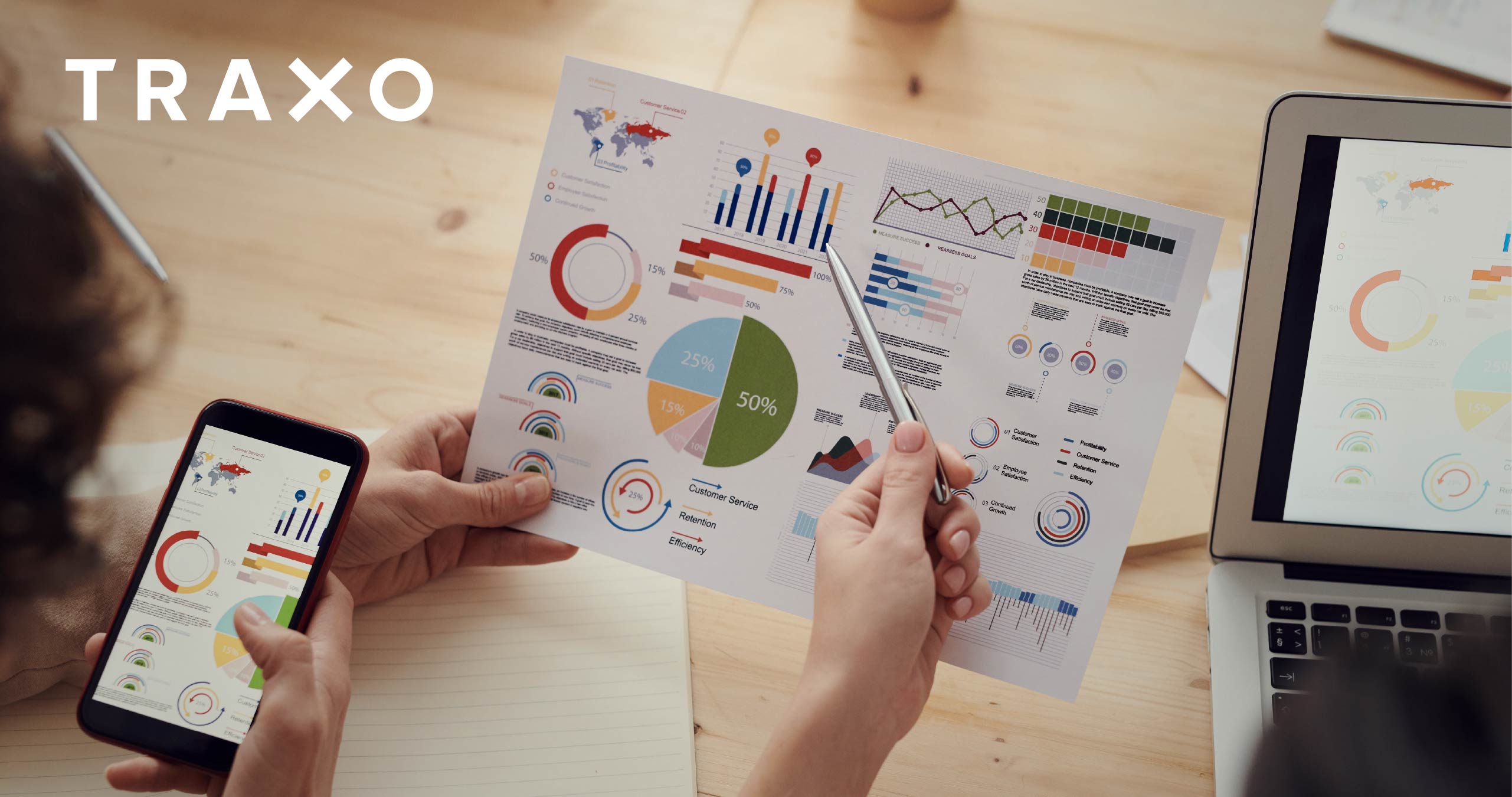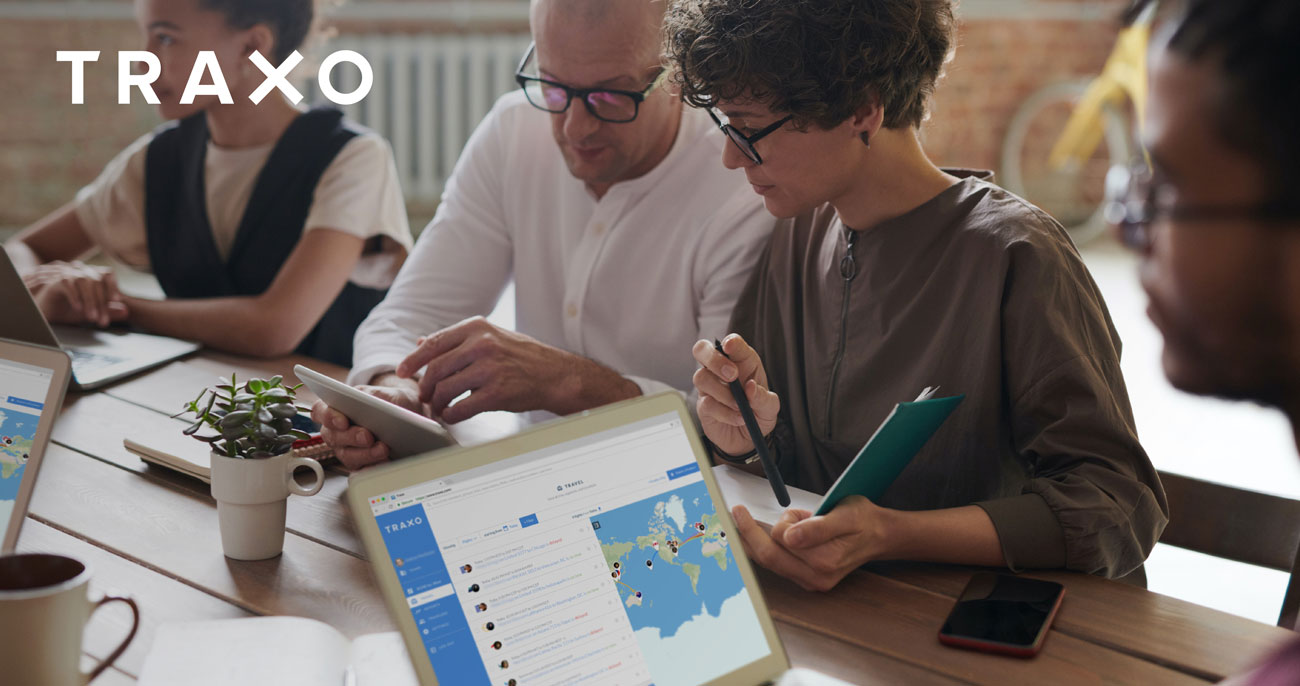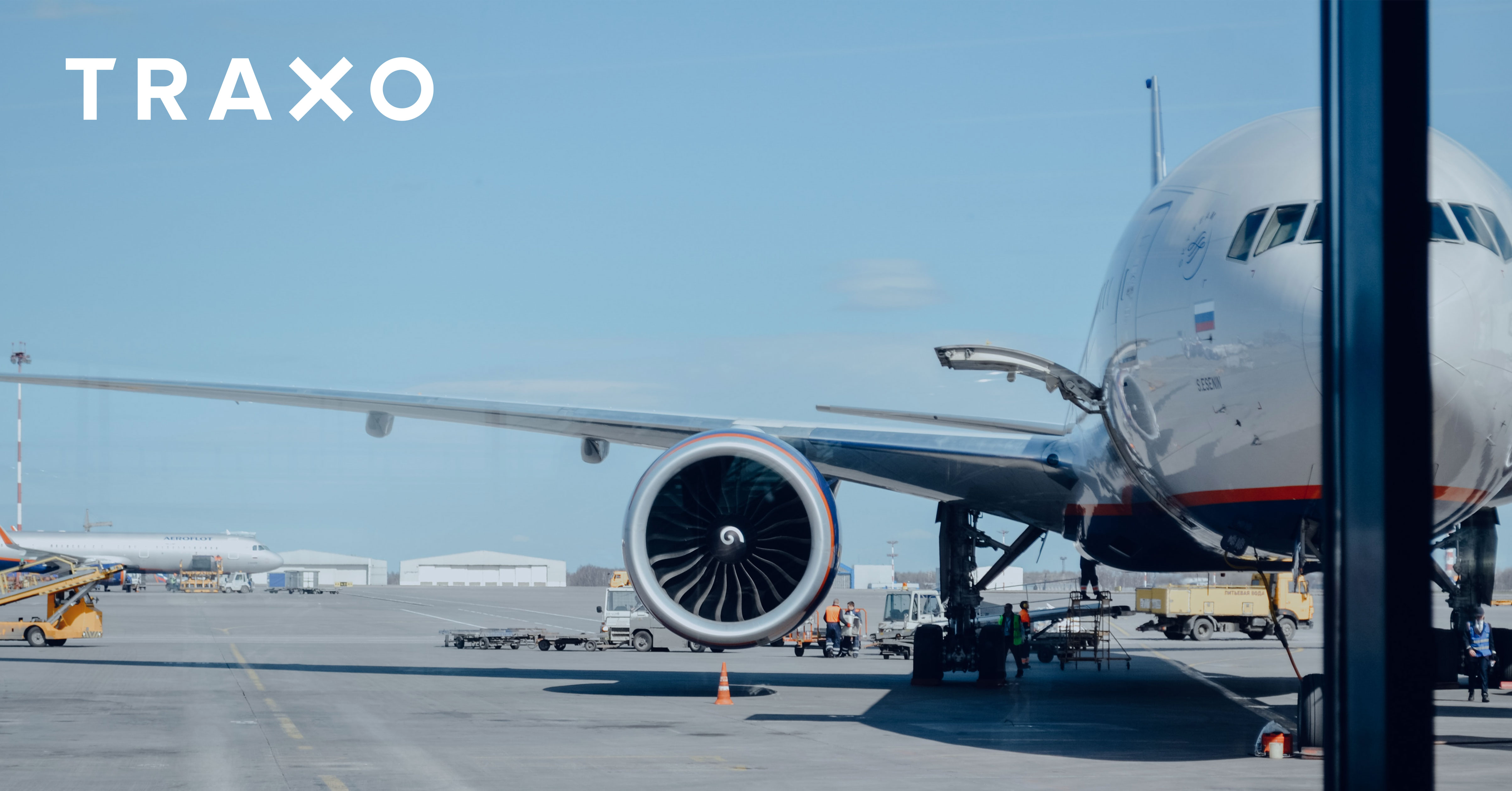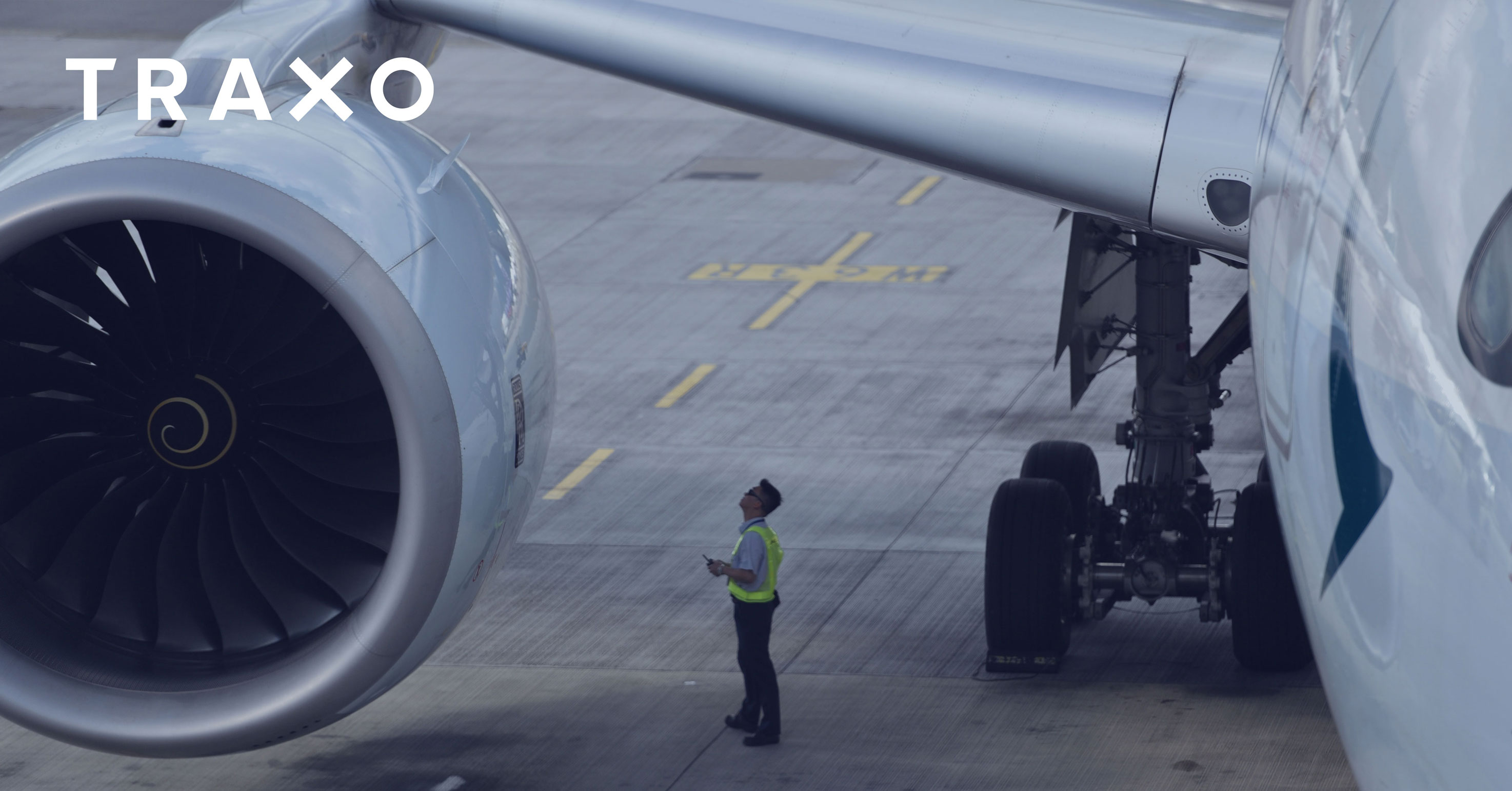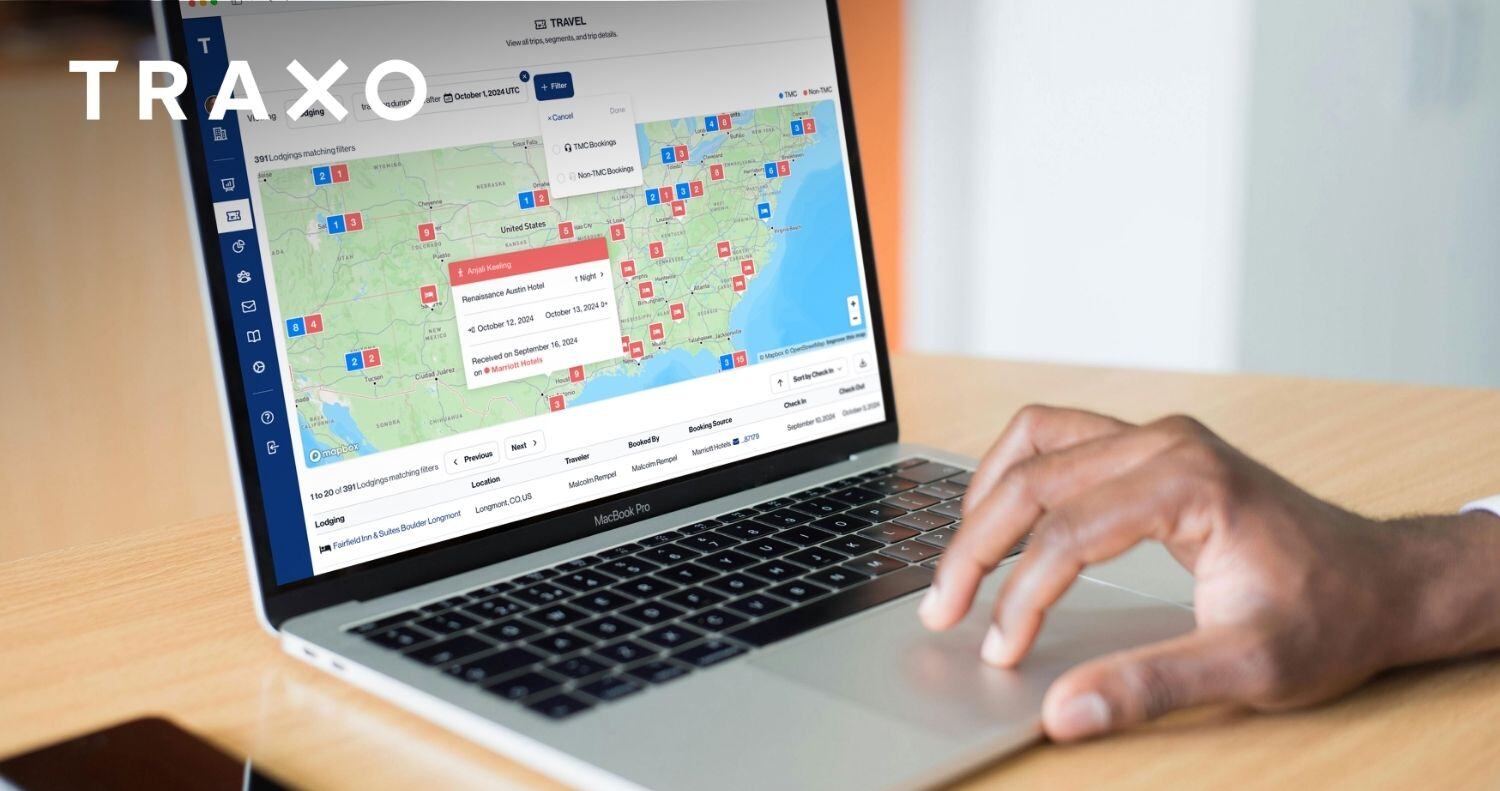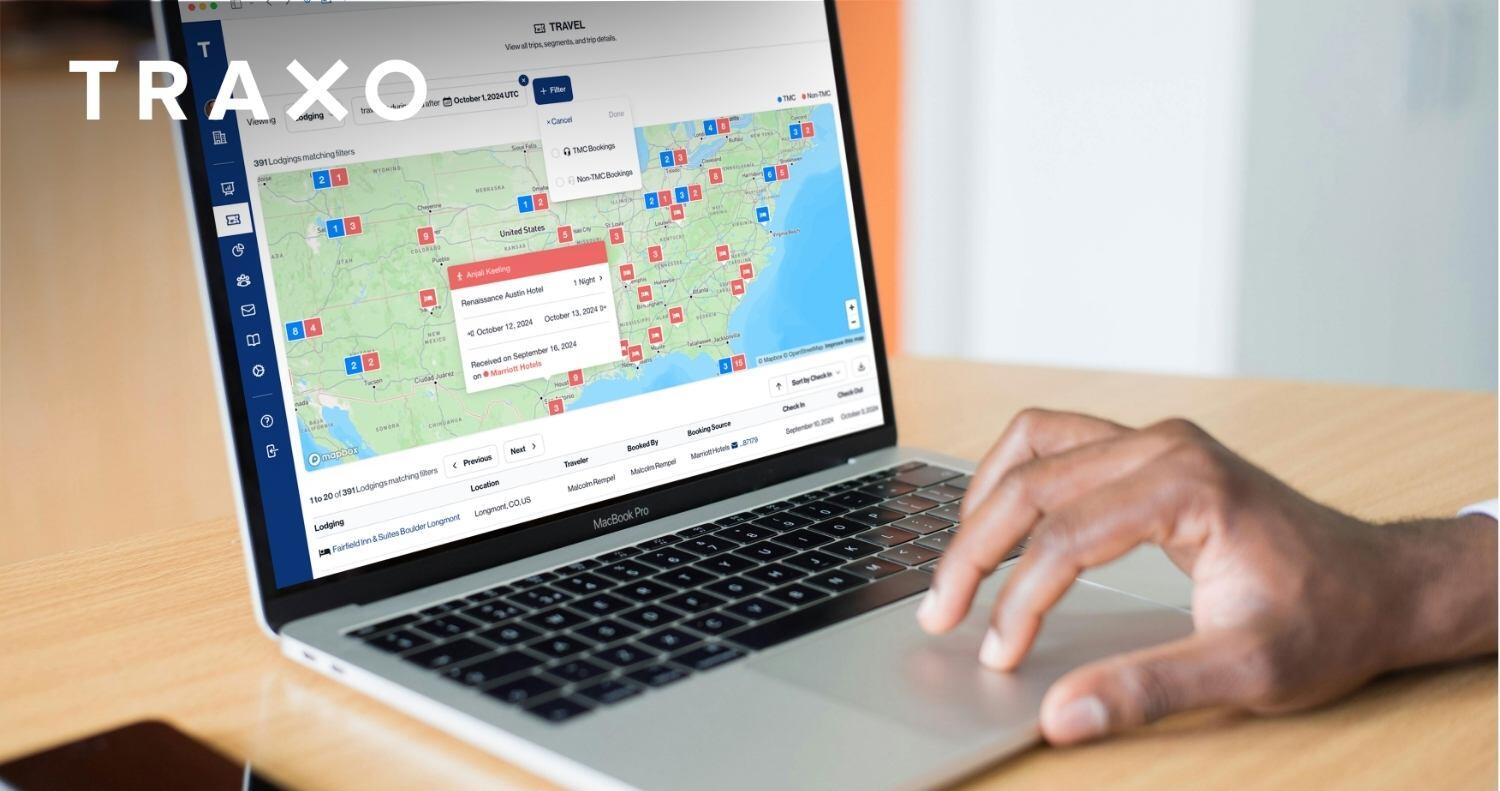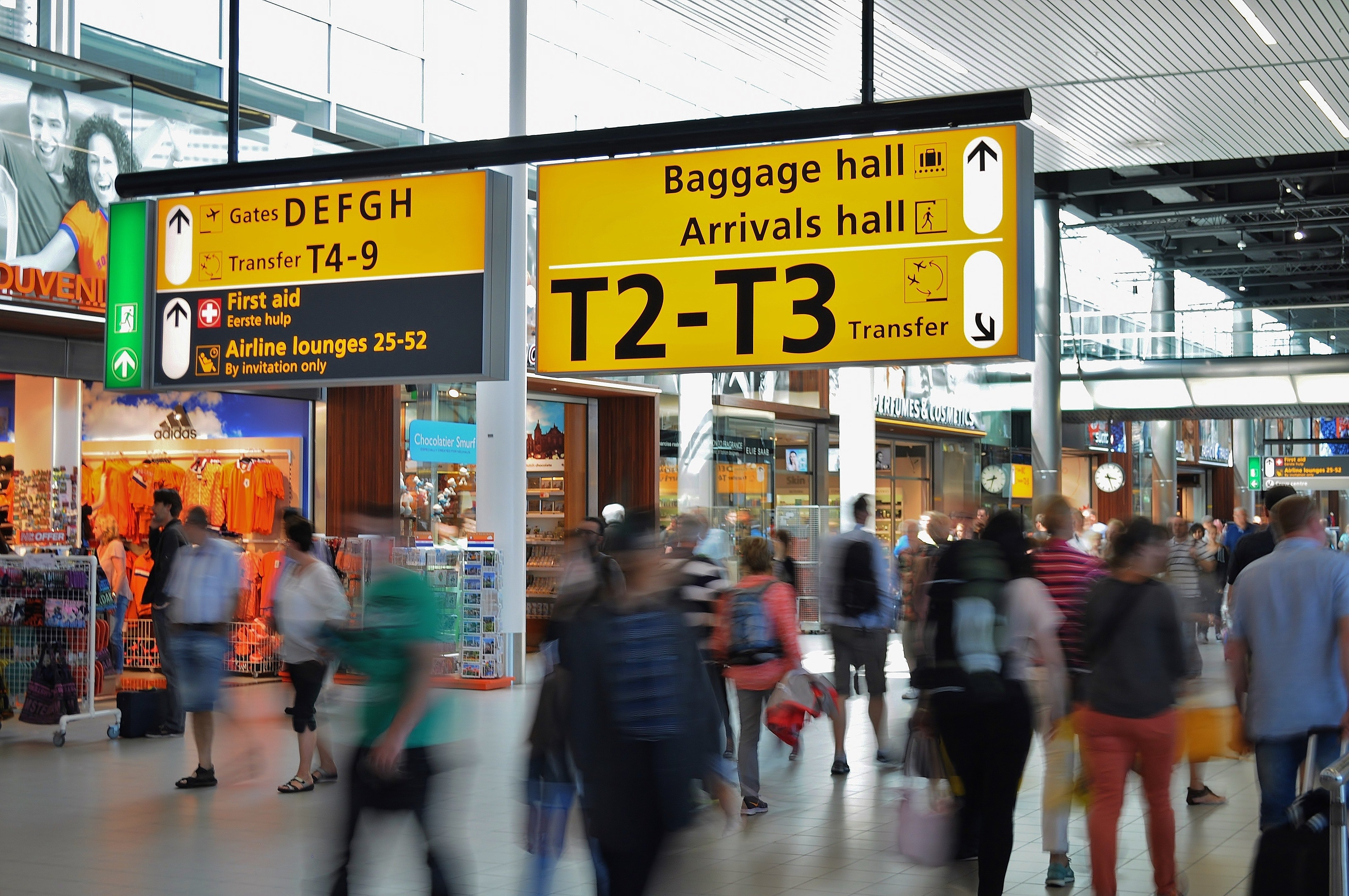Travel leaders: the pressure is on. Boards, investors, and regulators are increasingly focused on indirect emissions—especially those hidden within the value chain. For many companies, business travel falls under the Greenhouse Gas (GHG) Protocol’s Scope 3, Category 6 (business travel) and now requires as much scrutiny as manufacturing or facilities operations.
Why Pre-Trip and Real-Time Booking Data Matter
If you’re only measuring travel after the fact—through expense reports, credit card statements, or surveys—you’re already behind. Pre-trip data means capturing booking details before tickets are issued or hotel rooms are confirmed. Real-time data means seeing bookings as they happen, including those made outside your primary booking tools (often referred to as “off-channel” bookings or OBT leakage).
That level of visibility changes everything. When you have access to complete, real-time booking data, you can:
- Estimate emissions before travel occurs—by knowing the mode, distance, and cabin class, you can act before the trip is finalized.
- Nudge travelers at the point of booking—encourage rail instead of short-haul air where feasible, suggest hotels with stronger sustainability credentials, or prioritize suppliers with verified environmental targets.
- Reveal off-channel bookings that typically create reporting gaps and impact your emissions calculations.
- Align duty of care and travel-risk data with your sustainability efforts, ensuring you don’t sacrifice traveler safety for environmental progress.
- Tie travel activity directly to ESG goals. Under the GHG Protocol, you need accurate activity data—distance and mode—or spend-based data to calculate Category 6 emissions accurately.
In short, a travel manager with full-channel, real-time visibility is better equipped to influence supplier choice, manage cabin policies, reduce reporting gaps, and feed high-quality, auditable data to sustainability analysis experts. Without that visibility, your travel program is flying blind when it comes to ESG.
The Top 5 Business Travel Sustainability Trends to Watch in 2026
1. Travel Becomes Science-Based
More companies are now embedding business travel into their science-based emissions reduction targets through the Science Based Targets initiative (SBTi) or similar frameworks. Travel programs are no longer optional—they’re measurable components of corporate sustainability strategies. Stakeholders expect travel to be part of value chain emissions, not an afterthought. Ensure your travel data flows into your organization’s overall emissions inventory and collaborate with sustainability and procurement leaders to set travel-specific reduction goals.
2. Activity-Based Emissions Replace Spend-Based Estimates
For years, many travel programs estimated emissions using spend (dollars) multiplied by a standard factor. While simple, that approach no longer meets expectations. The GHG Protocol now favors more accurate activity-based methods, such as fuel-based, distance-based, or class-based calculations. This shift gives investors and regulators confidence in your data. Capture mode, distance, and cabin class for each trip—and be transparent about your assumptions.
3. Sustainable Aviation Fuel (SAF) Book-and-Claim Comes of Age
Sustainable Aviation Fuel remains limited in supply, but corporate travel teams are increasingly using book-and-claim systems, where companies purchase the sustainability attributes of SAF even if the actual fuel isn’t used on their travelers’ flights. It’s one of the few actionable ways to reduce flight-related emissions in the short term. Evaluate SAF book-and-claim options in your supplier contracts and work closely with sustainability and procurement teams to understand the accounting implications and how to reflect SAF credits in your travel emissions inventory.
4. Rail-First and Alternative Modes Gain Speed
Across Europe and beyond, companies are shifting short-haul flights to high-speed rail and other lower-carbon modes. When travel time and cost are comparable, rail often wins. The benefits go beyond emissions—it offers comfort, convenience, and predictability. Identify high-volume corridors where rail makes sense, build “rail-first” policies or booking prompts into your OBT, and negotiate preferred rates with rail vendors.
5. Travel Policy Becomes Adaptive and Personalized
Gone are the days of one-size-fits-all travel policies. In 2026, expect more dynamic policies with team-level or traveler-level carbon budgets, real-time booking nudges, and supplier compliance monitoring. Dashboards now show teams how they’re performing against their “carbon allowance,” while integrated nudges in booking tools encourage greener choices. Tying travel data to real-time decisions transforms policy from a compliance task into an active sustainability lever.
Turning ESG Goals into Travel Policy
Your company’s ESG ambitions only work if your travel policy supports them. To make sustainability a practical reality:
- Set cabin-class rules based on distance (for example, economy only for flights under six hours) to reduce emissions without compromising safety or comfort.
- Favor suppliers—airlines, hotels, and rail providers—that have verified sustainability targets, such as SBTi validation or published decarbonization plans.
- Introduce “rail-first” rules for trips under a defined threshold, with documented exceptions.
- Clearly define when virtual meetings should replace travel.
- Choose hotels with verified energy-efficiency certifications (like LEED or Green Key).
With pre-trip and real-time booking visibility, you can enforce policy at booking time, not after the fact. You’ll see off-channel activity, prompt greener options, and adjust policies quarterly based on actual performance data. That means maintaining traveler safety and program efficiency while still meeting Scope 3 goals.
Real-World Progress You Can Learn From
Across the industry, travel and sustainability teams are closing the gap between ambition and action. American Express Global Business Travel (Amex GBT) has validated both its near- and long-term emissions reduction targets through the SBTi—formally including business travel emissions in its coverage. It’s a clear signal that even travel service providers are holding themselves accountable.
Meanwhile, more corporations are demanding transparency around Sustainable Aviation Fuel (SAF) reporting. Book-and-claim systems are promising, but buyers want consistent standards for how those purchases count toward emissions goals. That growing demand is already prompting airlines and intermediaries to tighten their reporting and verification.
And in the background, a quieter but equally important shift is underway: more organizations are replacing spend-based estimates with activity-based travel data that reflects how people actually move—not just what they spend. By tracking mode, distance, and seat class, travel managers can finally pinpoint where changes have the biggest impact. It’s a simple idea, but it transforms “best guesses” into actionable insight.
How to Put It into Practice
You don’t need to overhaul your program overnight. The most meaningful sustainability progress often starts with small, strategic steps. Begin by establishing a reliable emissions baseline using real activity data—flights, rail, hotels, and ground transport.
Next, ensure your systems capture the complete picture of bookings—including pre-trip, real-time, and off-channel activity. With that visibility, you can uncover hidden patterns, costs, and emissions.
From there, focus on quick wins. Many teams start with a rail-first pilot on high-traffic routes where trains can replace flights. Others test SAF book-and-claim partnerships, experimenting with how those credits integrate into internal reporting and supplier conversations.
Finally, add accountability through quarterly reviews. Compare bookings against policy, track off-channel activity, monitor supplier progress, and share a concise summary with finance, procurement, and sustainability stakeholders. Over time, these reviews turn sustainability from a side initiative into standard operating procedure.
Ready to Start?
If you’re ready to take the next step toward a truly sustainable travel program, Traxo can help. With real-time visibility into every booking—no matter where it’s made—you’ll have the foundation you need to set credible goals, engage suppliers, and make sustainability measurable and auditable.
Fill out the form below to connect with our team and start building a travel-data strategy that moves your company closer to its sustainability goals.
Get Started with Traxo



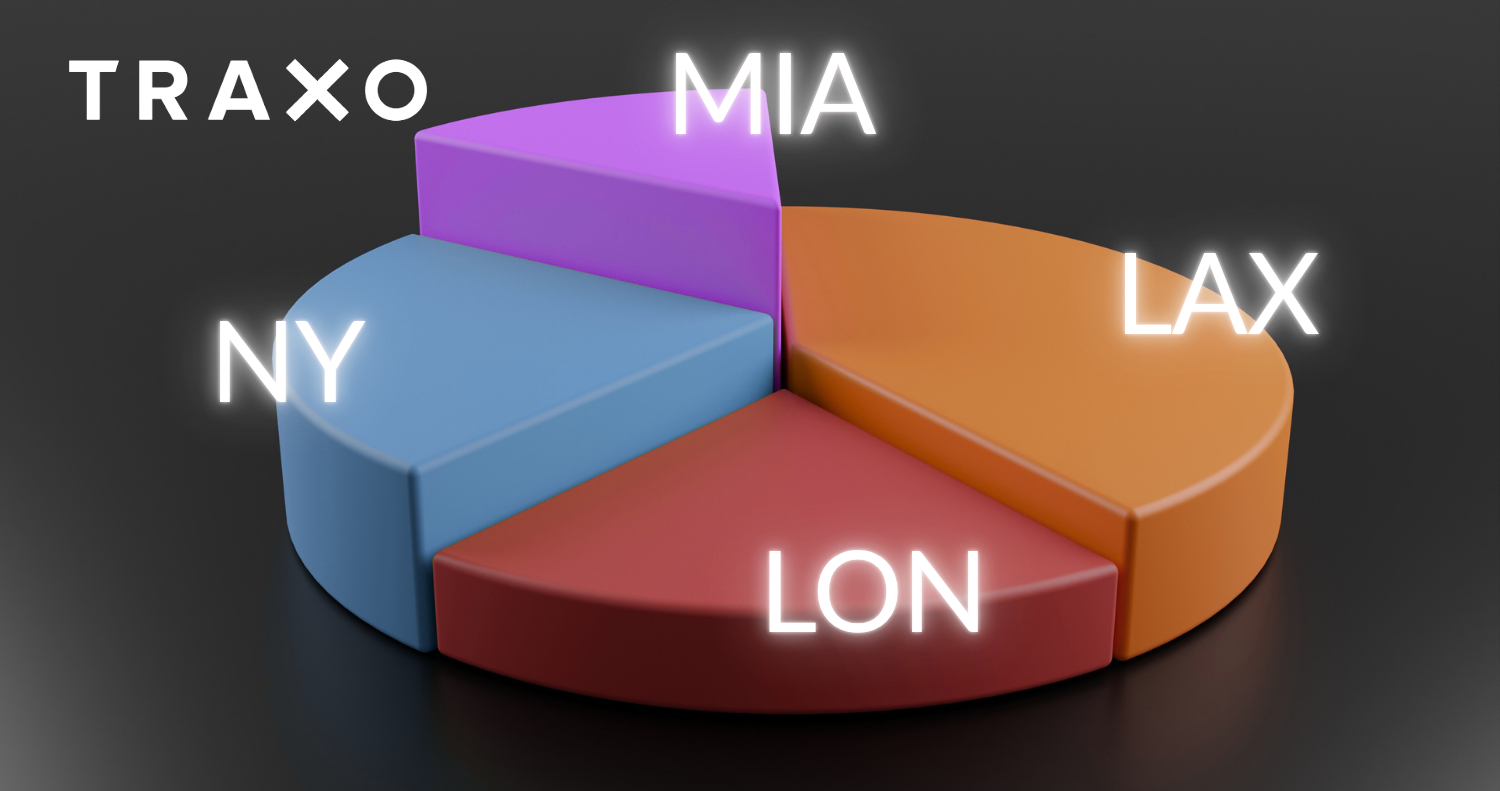

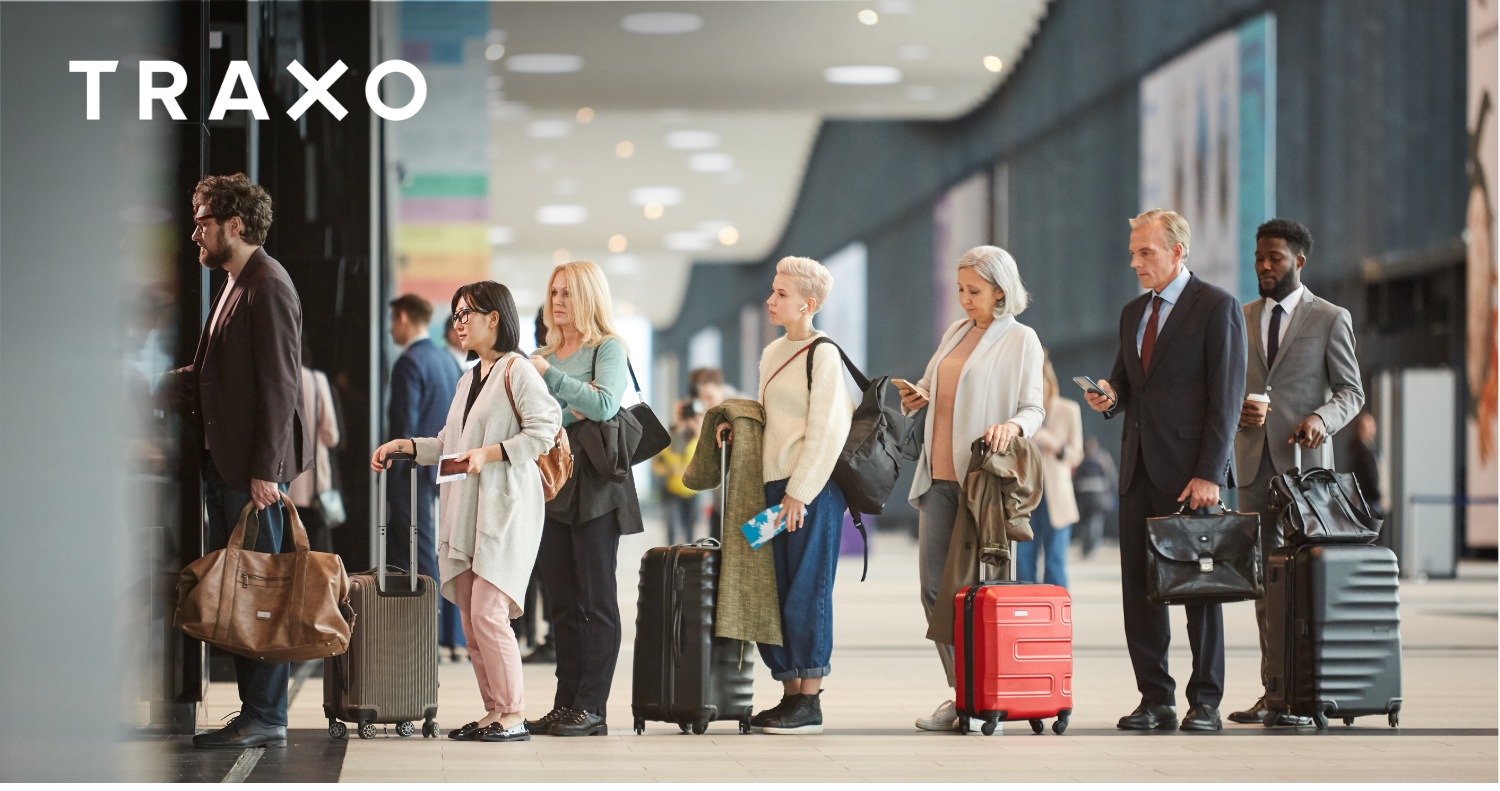


.png)






